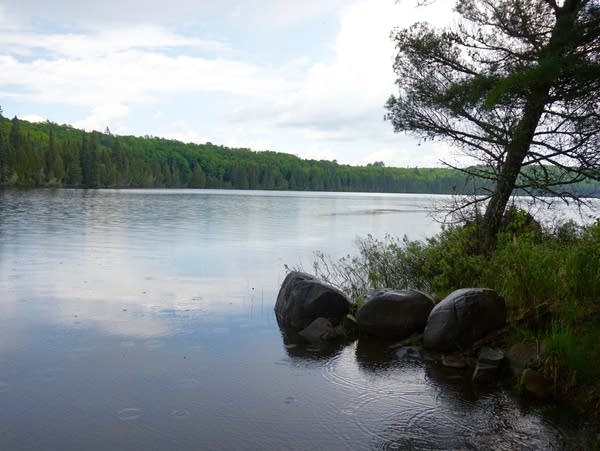Study finds pharmaceuticals, other chemicals in remote Minnesota lakes

A remote lake in Cook County, Minn. A three-year study by the University of Minnesota, the Minnesota Pollution Control Agency and the Grand Portage Band of Lake Superior Chippewa found pharmaceuticals and other chemicals in 28 lakes in northeastern Minnesota, including some with little or no human development.
Courtesy Grand Portage Band of Lake Superior Chippewa
Go Deeper.
Create an account or log in to save stories.
Like this?
Thanks for liking this story! We have added it to a list of your favorite stories.


